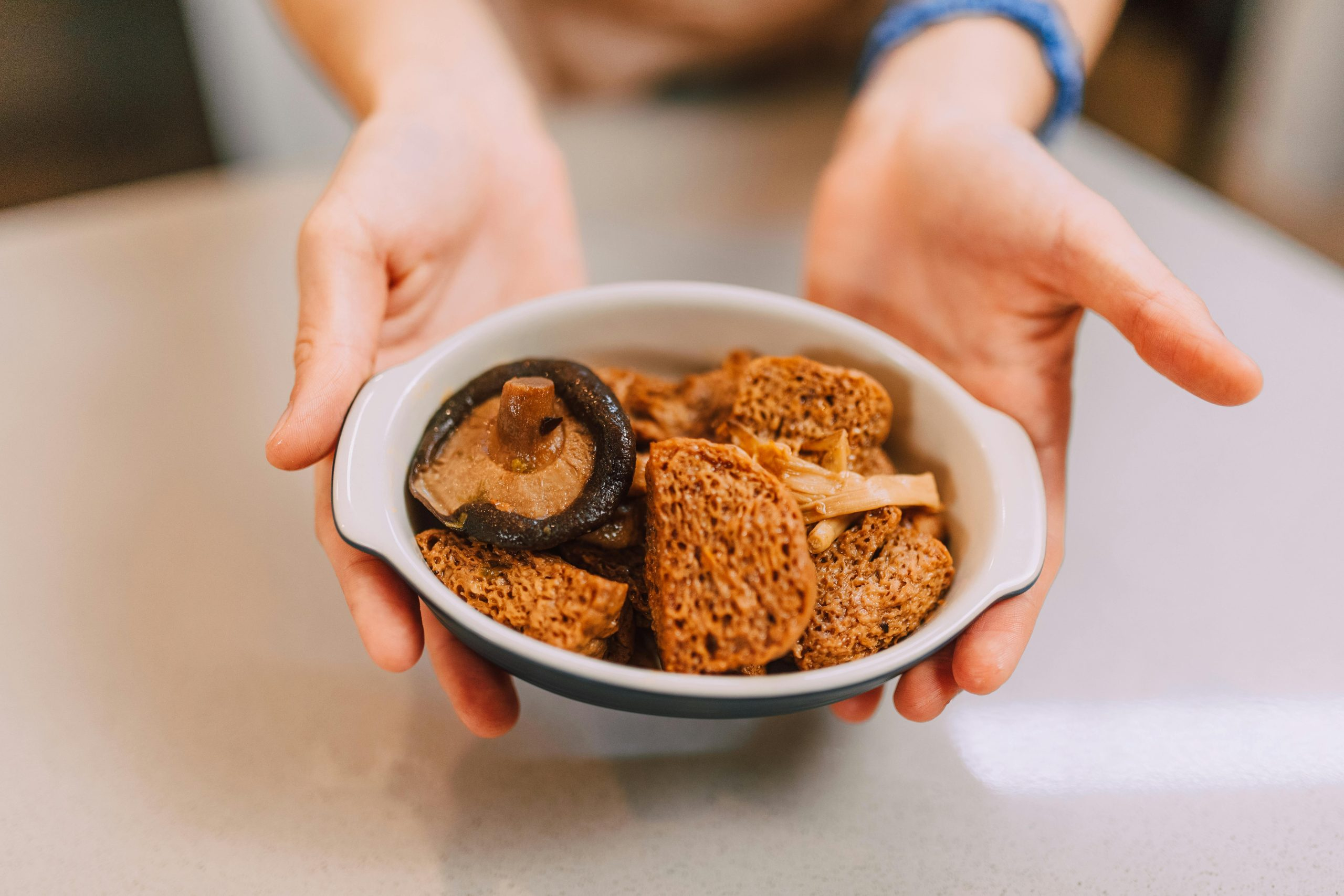Regional Cuisine Secrets: Authentic Flavors from Around the Globe
The world is full of diverse cultures and unique cuisines that have been passed down for generations. Each region and country has its own distinct flavors and cooking techniques that reflect its history, traditions, and natural resources. From the intricate spices of India to the hearty stews of Ireland, regional cuisine is a window into the soul of a place. In this article, we will explore the secrets behind some of the most authentic and delicious flavors from around the globe. Get ready to take a culinary journey and discover the hidden gems of regional cuisine.
The Meaning of Regional Cuisine
Regional cuisine, also known as local or traditional cuisine, refers to the traditional dishes and cooking styles that are unique to a particular region or country. These dishes are often based on locally-grown ingredients and reflect the cultural and geographical influences of the region. In some cases, regional cuisine can also be influenced by historical events or foreign invasions. For example, the Portuguese influence on Goan cuisine in India or the French influence on Vietnamese cuisine. The result is a delicious blend of different cultures and flavors that have stood the test of time.
The Role of Ingredients in Regional Cuisine
The foundation of any dish is its ingredients, and regional cuisine is no different. The use of local, seasonal ingredients is a key element in authentic regional dishes, as it not only adds to the flavor but also supports the local economy. For example, Greek cuisine relies heavily on olive oil, feta cheese, and fresh herbs, which are all locally produced. In contrast, Japanese cuisine is known for its use of fresh seafood, rice, and tofu, which are all staples of the Japanese diet.
The Importance of Spices
One of the most unique aspects of regional cuisine is the use of spices. Spices not only add flavor but also have medicinal properties and play a vital role in preserving food in warmer climates. For example, the spicy and aromatic spices used in Indian cuisine not only add a burst of flavor but also help to combat the bacteria and microbes that thrive in the hot and humid climate. In contrast, the use of spices in Moroccan cuisine, such as cumin, coriander, and saffron, is a result of the country’s history as a major trading hub for spices.
The Art of Cooking Techniques
Regional cuisine is not just about the ingredients and spices; it is also about the cooking techniques that have been passed down through the generations. Each region has its own unique cooking methods and tools that have been perfected over time. For example, the use of a tandoor or clay oven in Indian cuisine gives dishes a distinct smoky flavor, while the traditional tagine pot in Moroccan cuisine is perfect for slow-cooked stews and flavorful tagines.
The Influence of Climate
Climate plays a significant role in the development of regional cuisines as it determines which ingredients are readily available and how they are cooked. For example, the cold climate in Scandinavia is perfect for preserving food, making pickled herring and cured meats a staple of Scandinavian cuisine. In contrast, the warm and coastal climate of the Mediterranean has led to a diet rich in fresh fish, vegetables, and olive oil.
The Importance of Traditions and Culture
Lastly, regional cuisine is a reflection of the traditions and culture of a region or country. Many regional dishes have been passed down through the generations, with each family adding their unique touch to the recipe. For example, the spicy and flavorful jerk chicken in Jamaican cuisine is a result of African and Caribbean influences, while the use of traditional clay pots in Mexican cuisine reflects the country’s indigenous heritage.
In Conclusion
In conclusion, regional cuisine is not just about food; it is about preserving traditions, celebrating culture, and honoring the land. The use of local ingredients, spices, and unique cooking techniques create a beautiful tapestry of flavors that represents the history and identity of a place. So next time you sit down to a traditional dish from a specific region or country, remember that it is more than just a meal; it is a story waiting to be told.










